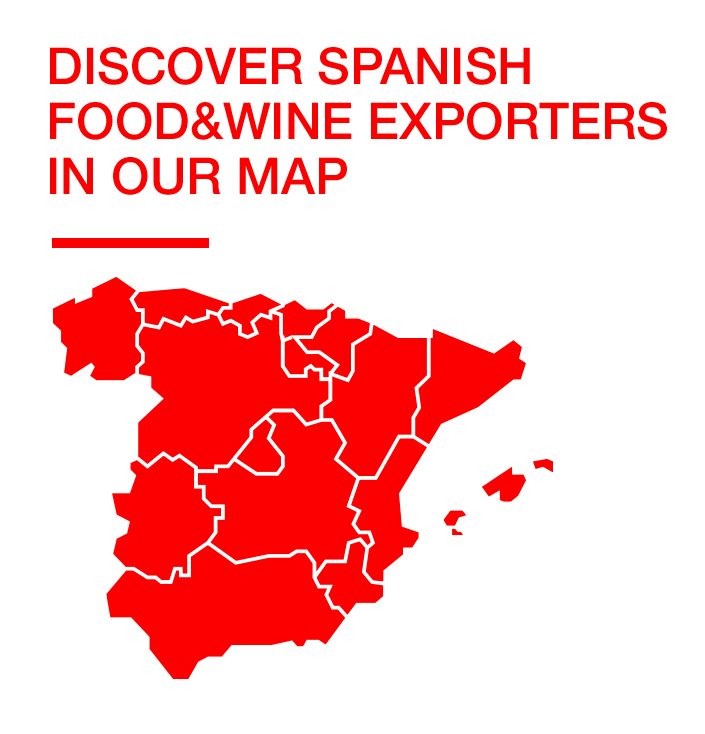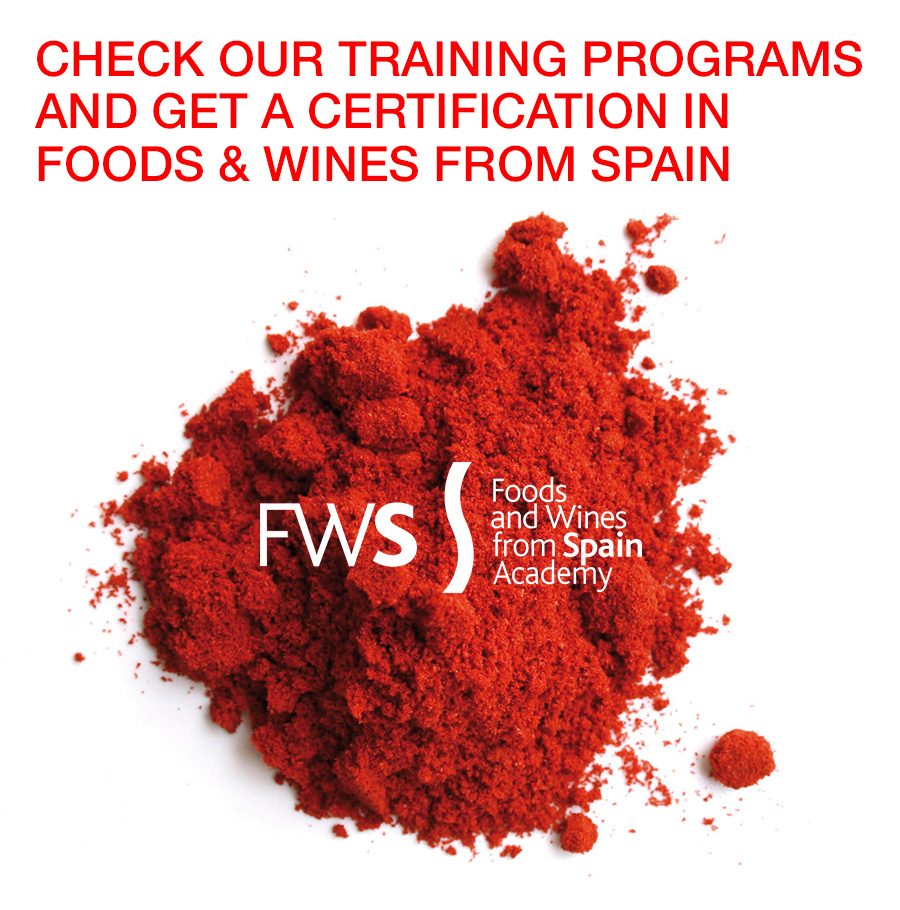.png.transform/rendition-xs/image_image%20(1).png)
Add Some Poultry to Your Christmas Meal
In Spain, there's also a longstanding tradition of roasting chickens, turkeys, and other feathered animals during the holidays. Keep reading for some inspiration.
When it comes to the main dishes served on Christmas, for most people the main options are almost always lamb or roast suckling pig. In the case of lamb, it's common to eat suckling lamb. This means that it was milk-fed and explains the meat is so tender. It's usually one of the options that completes a menu which is usually preceded by hors d'oeuvres such as Ibérico ham, of course, and a seafood dish or baked fish, such as sea bream, which is very traditional.
However, in Spain there's also a tradition of eating poultry at Christmas. There are families who serve it during the holidays, as if it were a Spanish version of Thanksgiving. There are also other options, such as capon, which is a cockerel that has been castrated at four months of age, and poularde, which differs from chicken and turkey in that it's raised for a longer period of time and, therefore, has a fattier meat with more flavor. They're also larger animals, which is ideal if there are many guests at the dinner table.
Sometimes, you don't even have to prepare the dish yourself! There are companies, such as Cascajares and Aldelís, that make it so easy, all you have to do is open a box, heat the food up, and serve. Cascajares, founded in the 1980s in the town of Dueñas (Palencia, Castile-León), has become a leader in this niche: they were the first to come up with the idea of raising capons and packaging them. "Now, in addition to capon, we work with poularde, Guinea fowl, free-range rooster, and duck," explains Simón de Francisco, head of communications at Cascajares.

"Historically, capon has been the most popular bird at Christmas; however, after the pandemic, due to the limitations in meet-ups, the (smaller) poularde took center stage. And turkeys are being sold more and more every year: many people choose it for Christmas Eve," confirms de Francisco. Cascajares not only prepares the animals as naturally as possible, but they're also available with stuffing. Among their latest launches is a pavita (a small turkey) stuffed with foie and raisins with apple sauce. The company's products for the hotel and catering industry are distributed in Portugal, France, and Italy. “We also have a factory in Canada and our sales there are growing exponentially every year."
From Asturian ‘pitu caleya’ to ‘gall’ del Penedès
In addition to these companies, some of the country's great chefs, such as Nacho Manzano (2 Michelin stars for his restaurant Casa Marcial in Asturias), also make it easy to eat poultry on Christmas. He prepares pitu (chicken, in Asturian) caleya (street, in Asturian), an animal that's raised and fed outdoors for a year. It's a tougher, darker meat, which could be easily confused with veal. He prepares a box that includes pitu paté snacks, Casa Marcial famous croquettes, rice with pitu caleya, and roasted pitu.

Another animal, also with a Protected Geographical Indication, is the gall del Penedès (a rooster), which is raised free range for 11 weeks. The town of Vilafranca del Penedès (Barcelona) organizes the Fira del Gall every year the weekend before Christmas, when people come from all over to buy these birds to prepare them for the holidays. Some of the most traditional ways to serve it are with a stuffing prepared with cava or roasted with plums and pine nuts.
Spanish-style foie gras
But Spain's poultry repertoire expands beyond the main Christmas dishes. There are also companies that make foie gras, one of the appetizers par excellence during the holiday season. This includes La Patería de Sousa, which makes it from geese raised in the Extremaduan pastures. This company had the first license in the world to produce organic foie gras and rose to international fame after former U.S. President Barack Obama tasted it and was impressed by its flavor. "At La Patería de Sousa farm, I tasted the best foie gras I have ever eaten. The best culinary experience of my life. I'm convinced that it's the future of cooking," said New York chef Dan Barber (whose restaurant, Blue Hill, has 2 Michelin stars).
The importance of side dishes
But no poultry dish would not be complete without the right side dish. Poultry is especially versatile in this regard and allows us to get creative. Trimmings can include simple baked golden potato rounds with julienned onion and oil and salt. They can also include green bell pepper cut into strips. Another solution is to opt for small potatoes that are baked whole and served with pickled onions or are sautéed in a reduced sweet wine, such as Pedro Ximénez.
But if you don't want to worry about your side dishes potentially being a disaster, the companies that sell poultry are also there to help us with our trimmings. De Francisco confirms that every year, in addition to poultry, there is increasing demand for side dishes. "We have potato gratins that go perfectly with any meat. We also have a wide range of purées: chestnut with apple; sweet potato and bacon; and apple, rosemary, and lime." The perfect plan.

In addition to the side dishes that can be prepared (or that have been prepared for us), there's also an endless variety of canned Spanish foods available. One example is canned Piquillo peppers. First they're roasted, sometimes acquiring a smoky flavor, and then peeled by hand. The result is a delicious dish to accompany meats with sweet and slightly spicy notes. They're such a delight!
White asparagus is also commonly served with meat. In this case, all we have to do is open a can—and perhaps add a little mayonnaise—for a great garnish. Another vegetable option: canned artichoke hearts can be sautéed with a little garlic and topped with a little sauce from the meat or chopped ham. An excellent choice of legumes would be broad beans, which are also available canned and provide the base for spectacular salads with a good vinaigrette.
Lastly, there are two vegetable-based recipes that can even overshadow meat. One is pisto (similar to ratatouille), which consists of stewing vegetables such as tomato, peppers, and onions. Another is Catalan escalivada, which can also be found canned and is made by roasting peppers (again), eggplant, onion, and garlic, cutting them into strips, and dressing them with extra virgin olive oil... an absolute treat to make the perfect meal.




